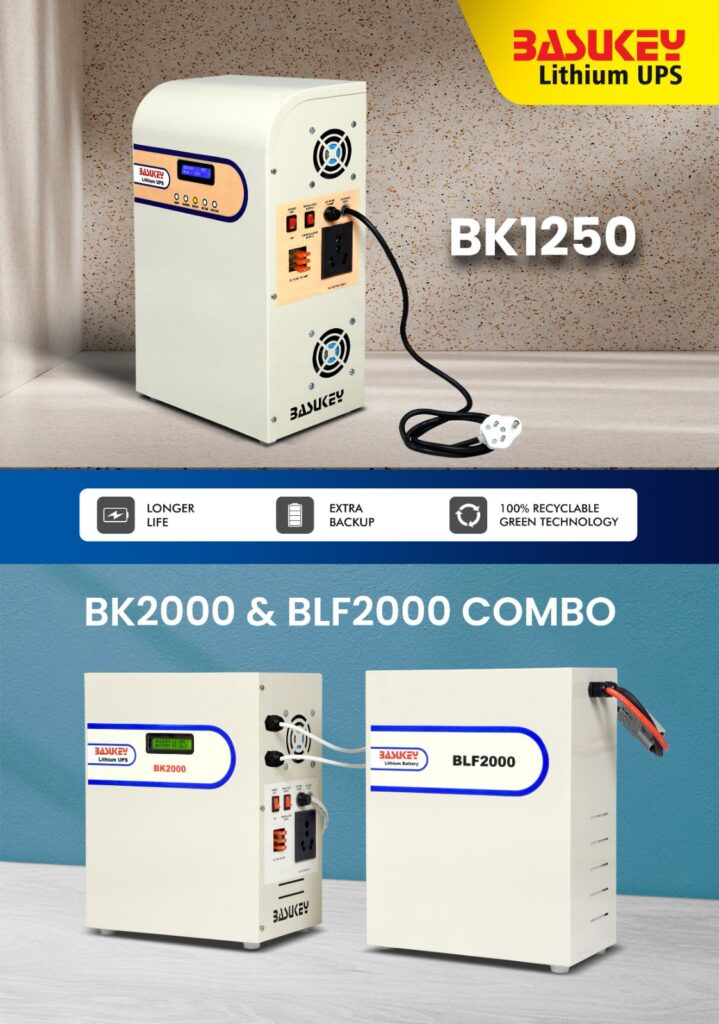Energy Redundancy Simplified: The Lithium UPS Edge in Business Continuity
Energy Redundancy Simplified: The Lithium UPS Edge in Business Continuity. In an era where even a fraction of a second of power loss can derail operations, businesses must rethink their energy resilience strategies. Traditional backup power solutions are often inefficient, slow, and maintenance-intensive, leaving organizations vulnerable to unexpected failures and costly downtime. Lithium UPS technology is rewriting the rules of energy redundancy, offering a self-sustaining, intelligent, and highly efficient approach to uninterrupted power. It’s not just about keeping the lights on—it’s about ensuring seamless operational flow, proactive energy management, and future-proof power resilience.
The Complexity of Traditional Energy Redundancy
For years, businesses have relied on lead-acid UPS systems to bridge power gaps during outages. However, these outdated systems come with significant limitations:
i. Lagging switchover speeds, leading to momentary power disruptions.
ii. Short operational lifespan, requiring frequent battery replacements.
iii. Bulky form factor, taking up valuable space in high-density environments.
iv.Heavy maintenance demands, increasing long-term costs.

How Lithium UPS Simplifies Energy Redundancy
1. Zero-Interruption Power Switching
– Instantaneous switchover eliminates voltage gaps, ensuring no disruptions.
– Advanced power conditioning stabilizes fluctuations before they impact operations.
– Microsecond-level response times keep sensitive infrastructure running smoothly.
2. Smart Load Balancing & Adaptive Energy Distribution
– AI-driven energy modulation optimizes power flow to mission-critical systems.
– Dynamic power allocation prevents overloads and ensures balanced performance.
– Multi-tiered energy layering enables smooth transitions between grid, battery, and renewable sources.
3. Compact, Lightweight, and Scalable Power Reserves
– Up to 70% lighter than traditional lead-acid solutions, allowing flexible deployment.
– Modular architecture enables businesses to scale their energy capacity effortlessly.
– Reduced thermal footprint minimizes cooling costs and improves efficiency.
4. Hyper-Efficient Energy Storage & Ultra-Fast Recharge
– 5x longer battery life, reducing the need for frequent replacements.
– Rapid recharge cycles, ensuring batteries are ready for consecutive power events.
– Higher depth of discharge (DoD) allows greater energy utilization per cycle.
5. Seamless Integration with Smart Grids & Renewable Energy
a. Hybrid grid interaction enables businesses to store excess power for later use.
b. Solar and wind compatibility reduces dependence on fossil-fuel-driven power.
c. AI-based demand forecasting allows businesses to leverage energy arbitrage strategies.
Industries That Benefit from Lithium UPS Energy Redundancy
1. Data Centers & High-Performance Computing
– Eliminates power dips that could cause server crashes or data corruption.
– Optimizes rack space with a compact energy footprint.
– Enhances operational continuity with predictive power management.
2. Healthcare & Emergency Response
– Maintains uninterrupted power for life-saving equipment.
– Prevents surge damage to delicate medical instruments.
– Ensures 24/7 energy security for hospitals, emergency rooms, and research labs.
3. Industrial Automation & Smart Factories
– Stabilizes voltage fluctuations that could disrupt production cycles.
– Protects robotics and precision equipment from power inconsistencies.
– Optimizes operational efficiency with AI-controlled energy distribution.
4. Financial & Telecommunications Infrastructure
– Prevents service interruptions for financial transactions and network uptime.
– Mitigates cybersecurity risks by ensuring consistent power for security systems.
– Supports decentralized, remote operations with cloud-integrated energy monitoring.
The Lithium UPS Edge: A Future-Ready Energy Blueprint
By shifting to Lithium UPS technology, businesses achieve a streamlined, intelligent, and high-performance redundancy model that ensures:
a. Zero-downtime power continuity for mission-critical operations.
b. Optimized energy allocation, reducing electricity costs and waste.
c. Extended system longevity, cutting down on maintenance and replacements.
d. Seamless integration with renewables, supporting sustainability goals.
